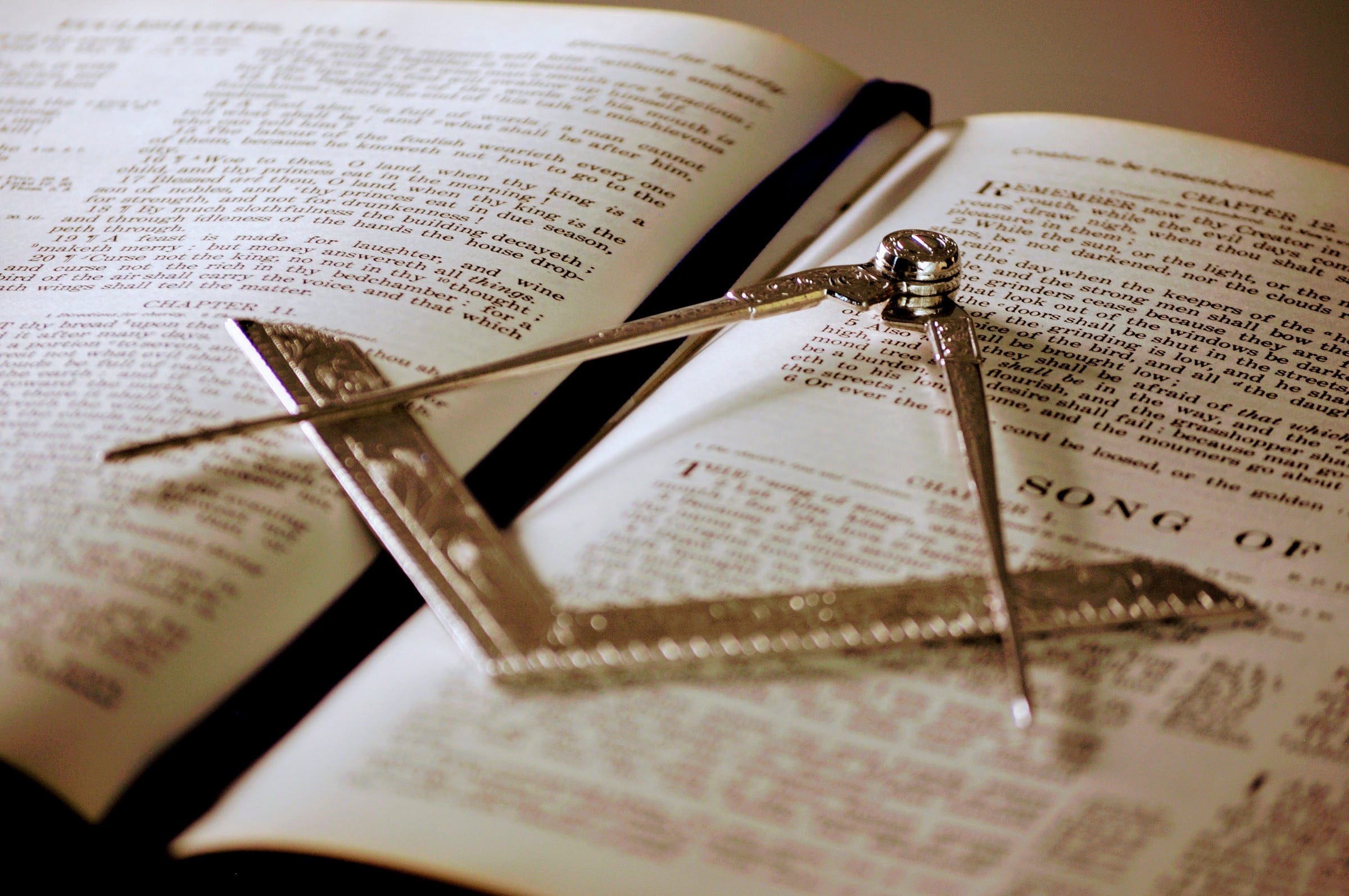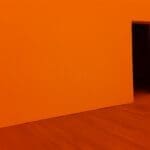People have always been drawn to secrecy and conspiracy. It’s the alluring unknown that captivates our minds.
It has spawned some of the largest, most well-known secretive societies in history.
The Illuminati.
The Knights Templar.
Skull and Bones.
Or the Freemasons.
The last one is today’s topic.
Freemasonry
The word alone conjures up mystery and intrigue.
This semi-secret fraternal society has long fascinated outsiders, curious about the hidden rituals and clandestine meetings of its members.
Where did this organization that operates behind closed doors actually originate?
The Medieval roots of Freemasonry
To understand the Freemasons of today, you need to go back in time to their beginnings in the Middle Ages.
During this era, the most talented stonemasons were organized into prestigious guilds. These masons constructed the soaring cathedrals, castles, and civic buildings that still stand proudly across Europe.
These mason guilds guarded the professional secrets of their craft that were passed down through generations.
They used secret passwords, handshakes, and symbols to identify imposters not qualified to undertake the specialized, complex work of stonemasonry.
Over time, non-stonemasons who admired the guilds’ rituals and rites of brotherhood were allowed to join. These honorary members were known as “speculative” masons, while those who actually worked as stonemasons were “operative” masons. This shift marked the origins of Freemasonry as we know it today.
The first formations
The first Grand Lodge formed in 1717 in London, formalizing Speculative Freemasonry as a modern fraternal organization.
Four existing lodges came together at the Goose and Gridiron Ale-house and elected a Grand Master to lead them.
Over the following years, Freemasonry expanded rapidly as more gentlemen’s lodges opened across Europe and in colonies in America and elsewhere.
Noblemen
In this era, being a Freemason became a mark of prestige for middle and upper-class men.
Notable Founding Fathers such as George Washington, Benjamin Franklin, and Paul Revere were all drawn to become Freemasons.
The elegance and mystique of Masonic rituals and regalia held great appeal for them.
Suspicions
Of course, with secrecy and selective membership also came suspicion. Rumors swirled in Europe about supposed Masonic plots and secret agendas.
At various times, the Catholic Church discouraged members from joining, seeing possible anti-Christian leanings.
But lodges still continued to grow and contribute to their communities, donating to charity and education.
Modern Freemasonry
Today, Freemasonry still practices many rituals and rites that date back centuries.
Members progress through several degrees, from Entered Apprentice to Master Mason, gaining esoteric knowledge at each stage.
While not a religion, Freemasonry requires belief in a Supreme Being and adherence to moral lessons.
However, the “secret society” aspects remain controversial in the eyes of outsiders, even as conspiracy theories persist.
The bottom line
Prominent Freemasons include Winston Churchill, Mark Twain, Davy Crockett, Buzz Aldrin, and even Colonel Sanders of fast food fame.
In its modern form, the Freemasons encompass millions of active members globally, albeit with declining membership from its peak in the 1950s.
Part of the ongoing public fascination stems from the aura of mystery the Masons still cultivate through symbols and rituals hidden from view.
Freemasons also hold a strong place in the art and entertainment industry, being depicted in movies, TV shows, books, and stories.








